The best tech gifts for plant geeks – ProWellTech
Welcome to ProWellTech’s 2021 Holiday Gift Guide! Need help with gift ideas? We’ve got lots of them. We’re just starting to roll out this year’s gift guides, so check back from now until the end of December for more!
Sometimes when you get mad about something silly on the internet, people will tell you, “go touch some grass.” But a few months back, when Mark Zuckerberg announced Facebook’s rebrand to Meta and shared his vision of the metaverse, I felt an insatiable need to go outside so that I could literally touch grass. The development of new technology is exciting, but when it can feel a bit overwhelming, there’s nothing better than being surrounded by some green stuff.
Luckily, not all new technology wants to render us tethered to our VR headsets — some tech is designed to help us turn our homes into thriving gardens.
This article contains links to affiliate partners where available. When you buy through these links, ProWellTech may earn an affiliate commission.
An app to keep your plants alive
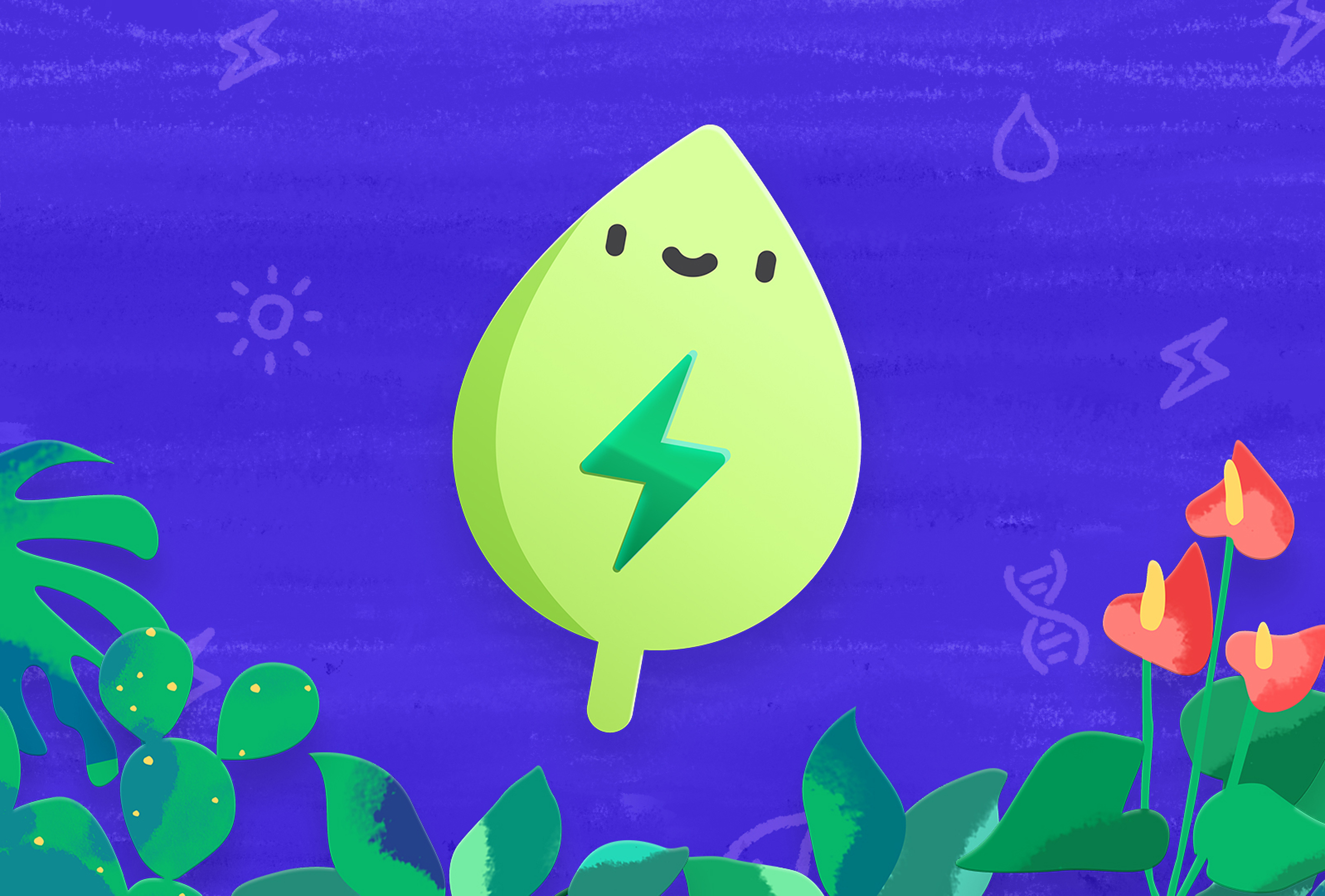
Image Credits: Greg
The first startup I ever covered at ProWellTech was Greg, an app that uses machine learning to help you know when to water your plants. When CEO Alex Ross saw my Zoom background — a large, forest tapestry that I bought for my freshman dorm seven years ago — he asked if I have plants. I told him that I can’t keep plants alive, because all of the windows in my apartment are north-facing.
He recommended some plants that can thrive in low light (snake plants, pothos, zz plants) and he guaranteed that if I used Greg, I could keep them alive. I was skeptical. Of course the co-founder of a plant app would tell you that if you use his app, you can keep your plants alive. But six months later, my snake plant, pothos and zz plant are all doing just fine. And I’ve become so obsessed with plants that here I am, writing the plant tech gift guide. Thanks, Greg.
Greg isn’t a miracle app. Even though monsteras need lots of light to thrive, I couldn’t resist how pretty they are, so I got one from a local plant nursery and placed it by the window at my desk. My hubris wounded me. It did not do well. So, I bought a relatively inexpensive grow light. Now, my monstera is doing great, and not to brag, but I’ve even kept a jade succulent standing up.
Greg won’t tell you, “Hey, your monstera desperately needs light because your apartment is dark and sad,” but you can change the settings on each individual plant you track on the app to indicate whether it’s on a grow light, since the amount of light a plant gets affects its watering cycle.
Greg is free for up to five plants, but you can buy unlimited access with Super Greg, which runs for $6.99 per month, $30 per year (so around $2.50 per month, if you pay annually) or $49.99 for lifetime access.
As Ross told ProWellTech: “Coinbase onboards people into crypto, Greg onboards people into plants.” A wild quote, but in my case, he was kind of right.
Price: From free to $7 per month. Available on iOS and Android
Okay, now where do you buy the plants?
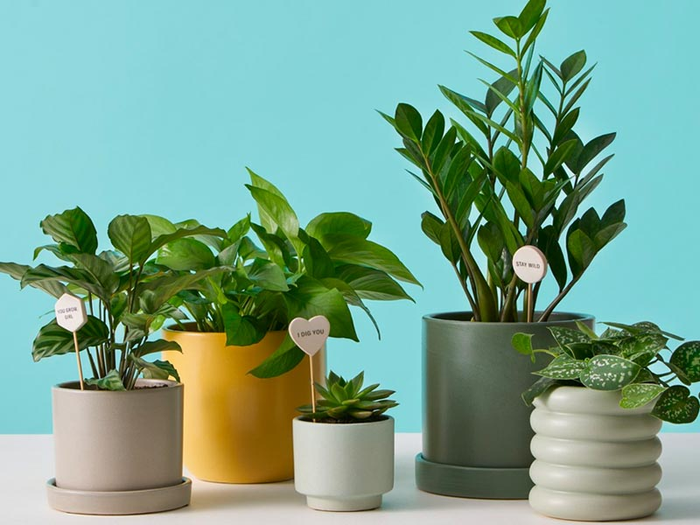
Image Credits: The Sill
Among techy startup people, you’ll probably hear about The Sill, an online retailer selling plants. Founder Eliza Blank is an investor in Greg — small world!
If you’re not fortunate enough to live in walking distance of multiple plant nurseries, ordering online can be a good option, but oof. Some of these plants are pricey for stuff that literally grows on trees! (Looking for free cuttings? Check to see if there’s a plant exchange group for your neighborhood.)
But if you want to send something nice to a friend for the holidays, you’re probably not going to buy a snake plant from your local plant shop, box it up and bring it to the UPS store. So in that case, sure, buy that $60 snake plant and chic, modern planter. And honestly, without the overpriced (but pretty!) planters you can buy a snake plant for as low as $23, which isn’t much more than what you’d probably pay at a nursery. So go treat yourself. Just don’t get the monstera unless you have lots of natural light or are willing to invest in a grow light.
Modern Sprout also makes indoor garden kits designed to hand-hold habitual plant killers through growing things from cacti to edible herbs. But again, even if you follow the directions closely, your plants need light to survive. So…
Let’s talk grow lights
Unfortunately, your standard lightbulb won’t give your plants the light they need to thrive. So if you aren’t fortunate enough to have a sun-drenched salon in your home, grow lights are crucial to making sure you can still enjoy an indoor oasis — or, at least, one that isn’t filled exclusively with snake plants.
Best on a budget
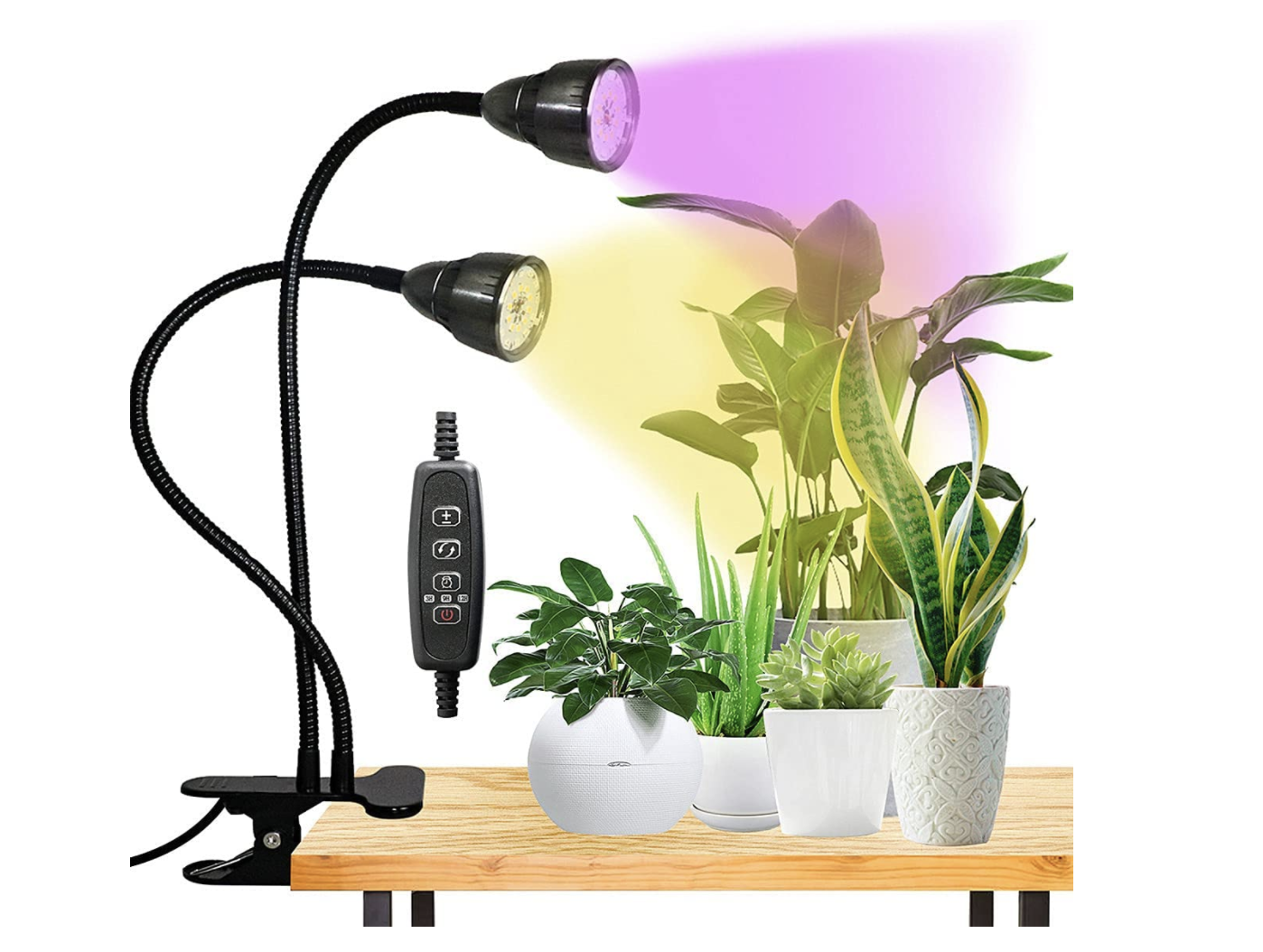
Image Credits: Juhefa LED Grow Light
I bought myself this grow light when I was skeptical about whether my monstera was dying because it hates me, or because it needed more light. So I didn’t want to invest in any super high-tech setup when I was still, as Greg CEO Alex Ross would say, “onboarding into plants.” At $24, this one’s the best bang for your buck. You can program it to adhere to a daily schedule and it has a very strong clamp to keep the gooseneck LEDs in place. Honestly, I can’t really say anything more than the fact that it works. No complaints. But maybe you want something prettier?
Price: $24 on Amazon
This one’s just ridiculously pretty
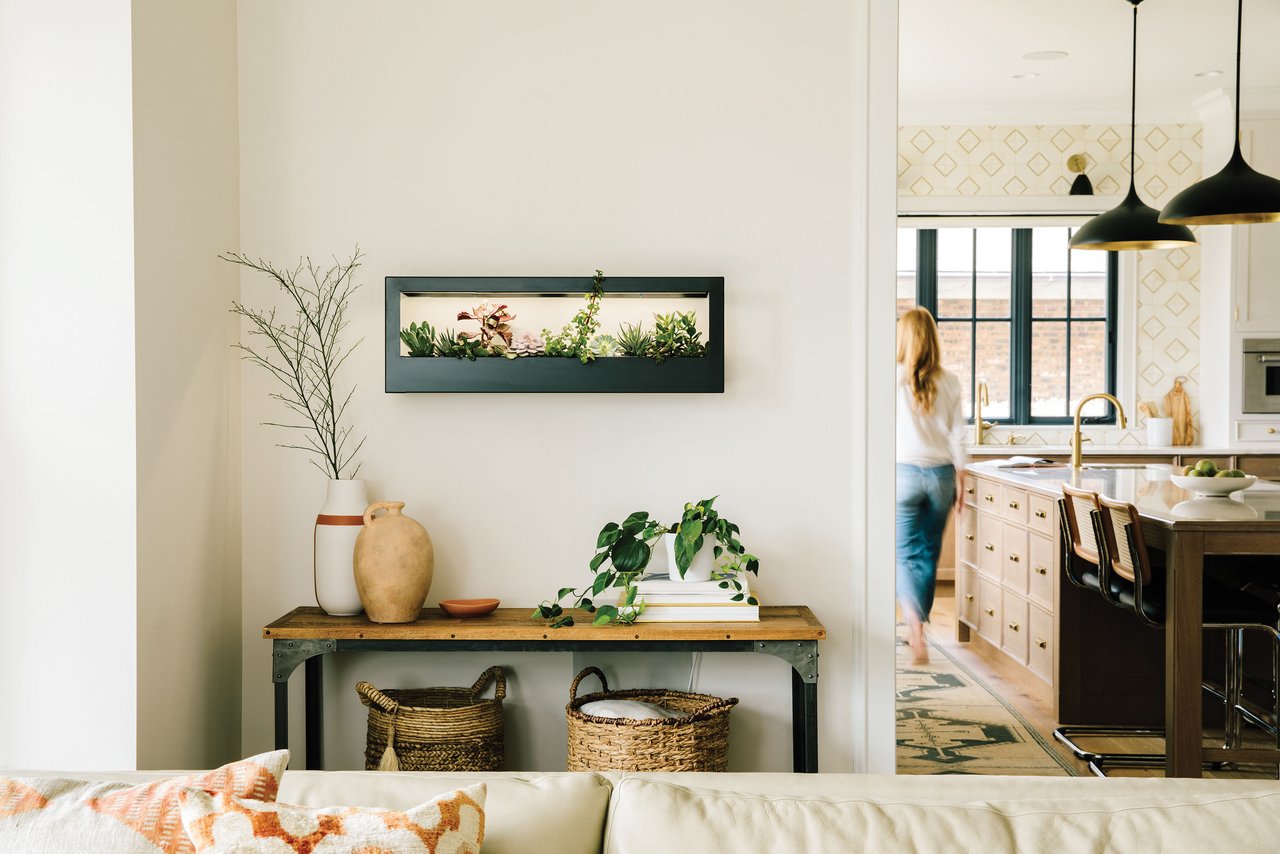
Image Credits: Modern Sprout Growframe
Maybe you don’t have enough space for your plants. Why not make more room on your walls? If a picture is worth 1,000 words, plants are worth … probably also about a thousand. We’re not here to slander the fine arts.
But if all the art you own is stored in your crypto wallet (sigh), your walls might be looking bare, so why not hang up your plants in an LED grow frame? Depending on the size and shape, these frames run about $200, which isn’t cheap, but again: They’re pretty. Still, before you invest, make sure you know how to hang up an eight-pound piece of tech on your wall. You don’t want this thing to come crashing down, especially if you have plants on it!
The frame’s LEDs can be controlled and set on a timer with the Modern Sprout app. These are full-spectrum white LEDs, so while they’ll still grow your plants, you won’t have to deal with the obtrusive red and blue colors that other grow lights use. Again, this thing isn’t magic — you’re going to want to be smart about what plants can thrive on your wall, presumably not near a window, receiving only artificial light. May I suggest a jade succulent?
Price: $200 at Modern Sprout
Not enough books on your bookshelf?
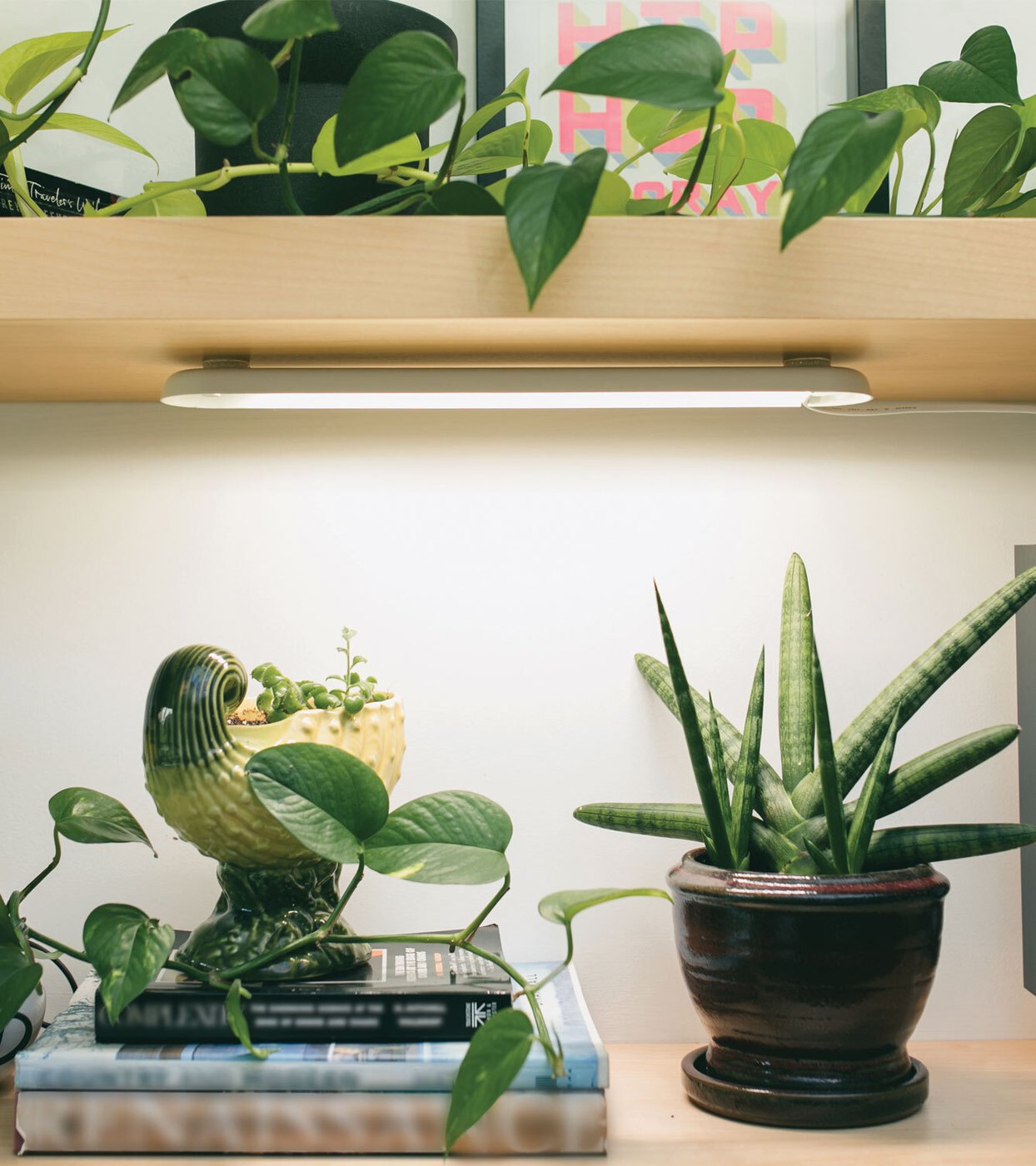
Image Credits: Modern Sprout Grow Bar
Got a lot of bookshelves and not enough books? More plant space!
The Modern Sprout Smart Growbar is a bit cheaper than the Growframe at $119, and it attaches via velcro to the underside of a cabinet or shelf to keep your plants happy.
If your bookshelf is full, why not build an herb garden in your kitchen? If you don’t eat fresh basil on a regular basis … I’m sorry. But this Growbar can help with that. Like the Growframe, this device is app-enabled and emits only natural white LED light.
Price: $119 at Modern Sprout
For very serious, yet stylish plant folk
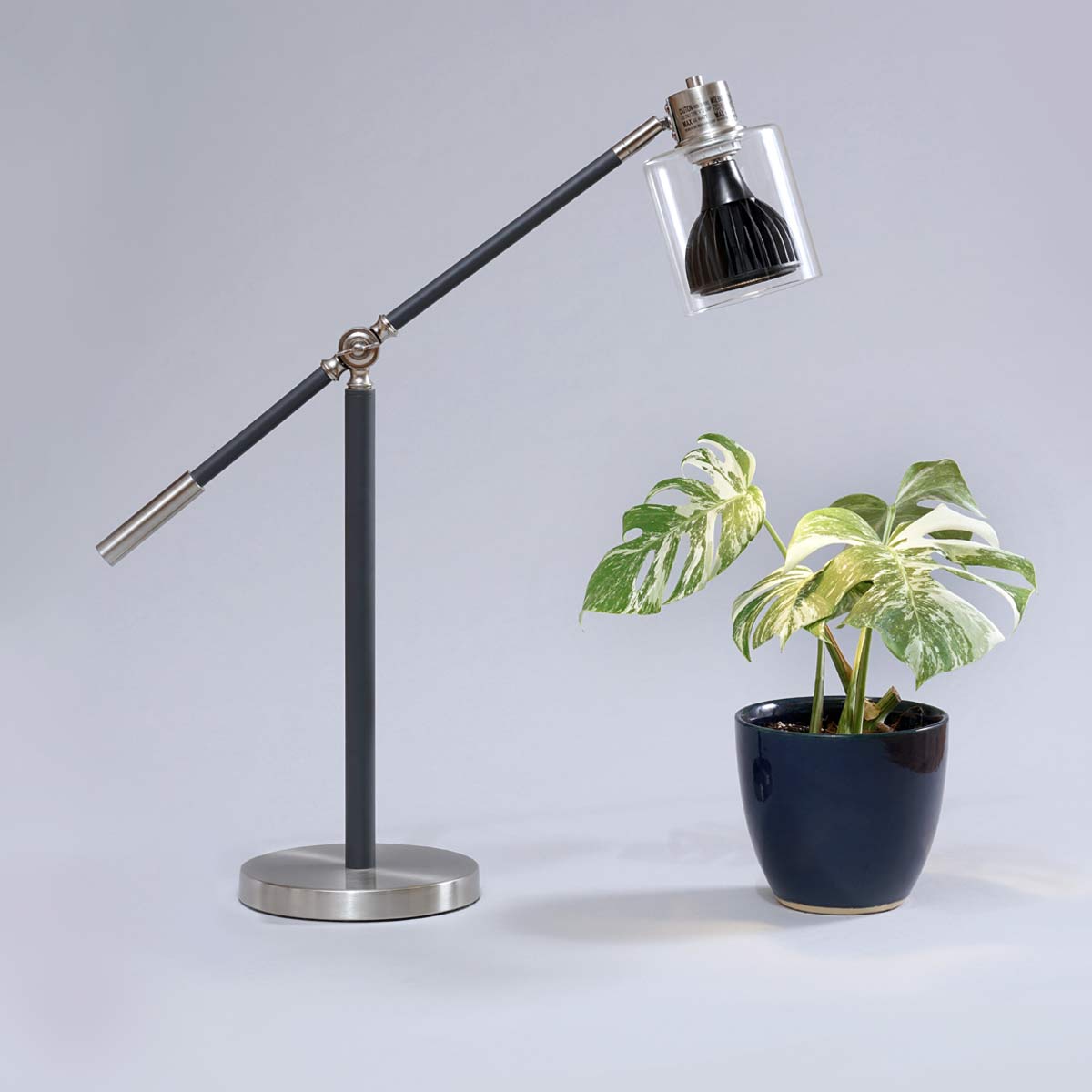
Image Credits: Soltech Solutions
Soltech’s grow lights are designed to look like luxury light fixtures that also just so happen to be designed to help plants grow. The $75 Vita Grow Light can screw into any existing light fixture you have, but it’s far heavier than a traditional lightbulb. So, for instance, if you live in an apartment that gets very little natural light and your landlord included some very cheap floor lamps as a gesture of good faith, maybe don’t use your Vita in those very flimsy lamps. But if your lighting doesn’t resemble what you’d find in a college dorm, you’re probably good to go with the Vita. Like other high-end grow lights, the Vita emits a warm, natural light, so you won’t even know it’s a special kind of lightbulb. No blues and reds here!
If you want to get extra fancy, Soltech also sells light fixtures that hang from your ceiling or drill into your wall.
Price: $75+ at Soltech Solutions
Plants need water, too
Now that your plants are well lit, how do you keep them watered? Let’s say, hypothetically, you’re going out of town for over a month, live alone in a badly lit apartment, and your landlord won’t give you a second fob key unless you pay $75, and you’re too stubborn for that. So that means you can’t give a friend a key to water your plants while you’re gone. How can you keep your plants watered without human intervention?
Add some modern style to your plants while keeping them hydrated
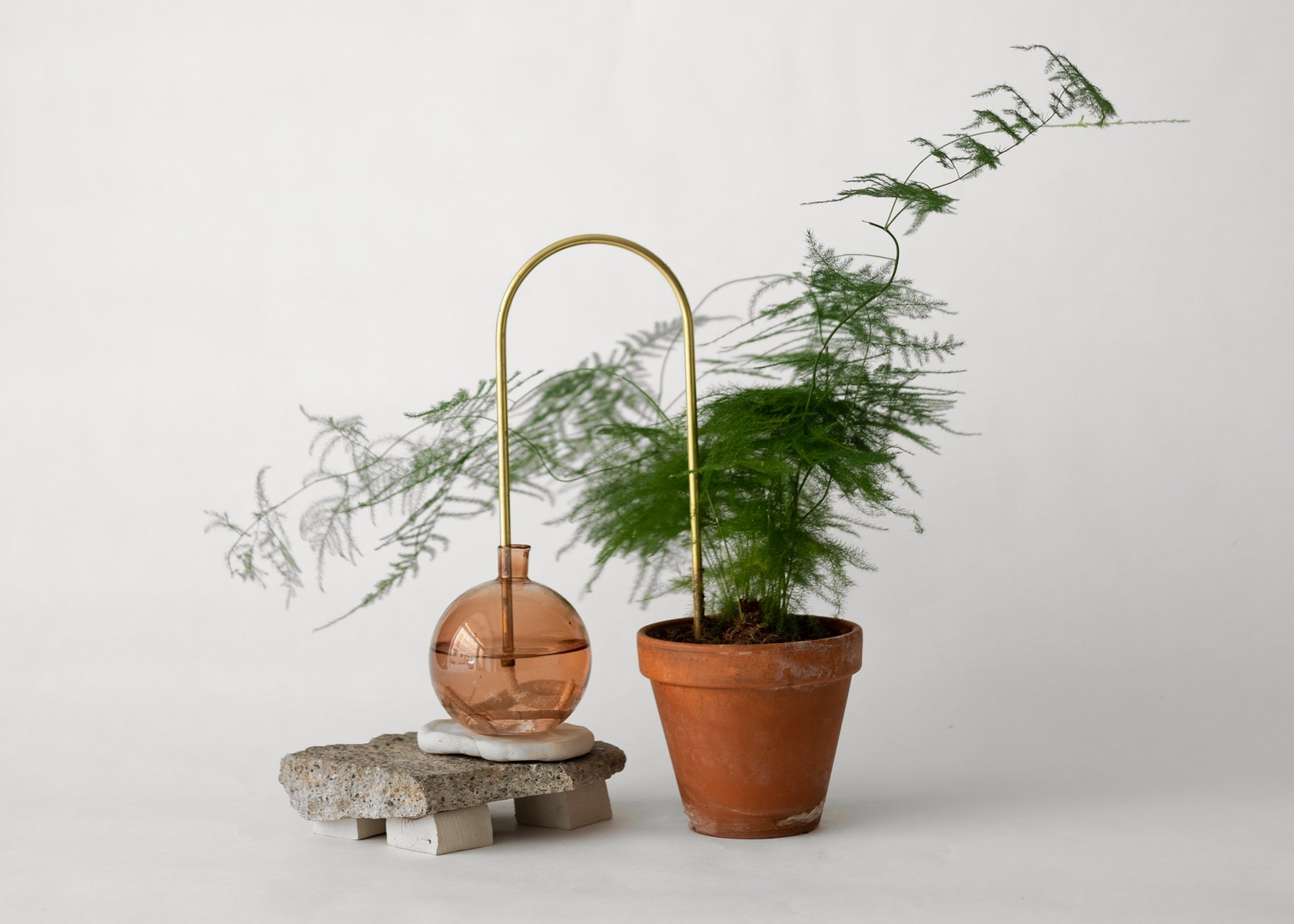
Image Credits: Plantstraws
Plantstraws, run by founder Elin Fyhr and her father, sells handmade products designed and produced in a small, Stockholm studio. The product spruces up a well-known DIY trick for plant watering, in which you dampen a string and run it between a bowl of water and your plant’s roots. This product essentially does the same thing, running a rope through a brass metal tube that looks way more stylish than a DIY setup.
Though Plantstraws is based in Sweden, they ship around the world. A plant straw is about $30, and though they don’t come with the beautiful glassware shown in the product photos, they still look good with a mason jar, an old wine bottle or whatever else you have lying around. Even when you’re not out of town, you can use plant straws to keep your plants healthy — but it’s better to use them on plants that require a decent amount of water, like a money tree or a peace lily, as opposed to a plant that wants dry soil, like a succulent or snake plant.
Price: $30 at Plantstraws
Just go ahead and literally turn your home into a garden
Speaking of water: hydroponic gardens? Extremely cool. It’s amazing what you can grow with just the right amount of light and water, even if you’re growing plants in a dark apartment with no porch to grow a big ol’ tomato plant on. Growing plants is great, but you know what’s even better? Growing plants that you can eat.
If you want to feel like you’re living in a high-tech Stardew Valley
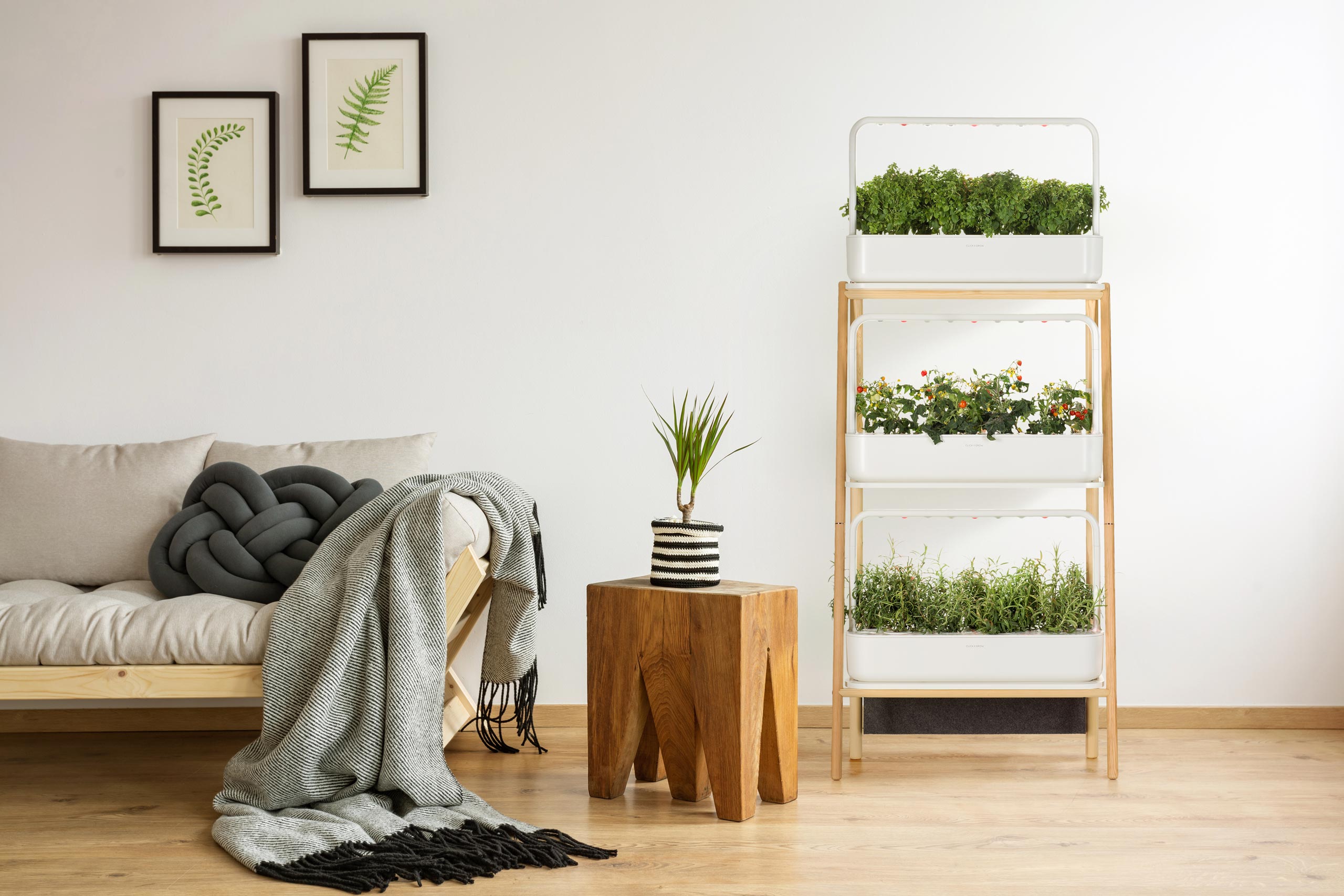
Image Credits: Click and Grow Smart Garden 27
If you simply cannot get enough of your indoor plants and love fresh produce, you might want to invest in a family-sized smart garden. Winter is approaching. Why trek through the snow to get groceries when you can have fresh fruits, vegetables, herbs and even (non-edible!) flowers blooming in your home?
The Click and Grow Smart Garden 27 comes with three Smart Garden 9s (generally $200+ each), plus a sturdy, wooden plant stand, which is surprisingly easy to assemble. Since the whole system sells for $600, it’s actually a good deal if you were going to buy three individual smart gardens anyway. That might seem steep, but some competitors like the (also very pretty) Gardyn are even more expensive.
Here’s how it works: You place Click and Grow’s plant pods into the Smart Gardens (you can grow a total of 27 pods at once in the Smart Garden 27, as its name suggests). Then, you pour water into the device’s reservoir until it’s filled. While you wait for the seeds to sprout, you place plastic domes on top of each pod, which speeds up the process — once they start peeking out of the soil, you remove the domes and let them grow.
Of course, like all of these high-tech plant devices, Click and Grow has an app, which you can use to regulate the light cycle of the system. From then on, you don’t really have to do much except refill the reservoir with water once it depletes. After a few weeks or months (depending on the plant) you’ll have some food!
The Smart Garden 27 comes with nine basil pods, nine tomato pods and nine lettuce pods to start. The pods can also be purchased separately in packs of three for $10, averaging out to $3.33 per pod. With Click and Grow’s subscription service, you can order in bundles for as low as $1.64 per pod. There’s a wide variety in what you can grow, like cilantro, blue petunias, kale, bell peppers, wild strawberries, white snapdragons, peas, chives, catnip, arugula and more. Click and Grow also sells “Grow Anything” soil pods, which let you add in your own seeds to grow whatever you want.
Click and Grow’s smart gardens all use similar technology, so if you’re looking for something a bit less intense (and expensive), try Click and Grow’s $140 Smart Garden 3, which can grow three plant pods at once. Put it in your kitchen so you can grow fresh basil, rosemary and parsley year-round.
Price: $600 at Click and Grow

